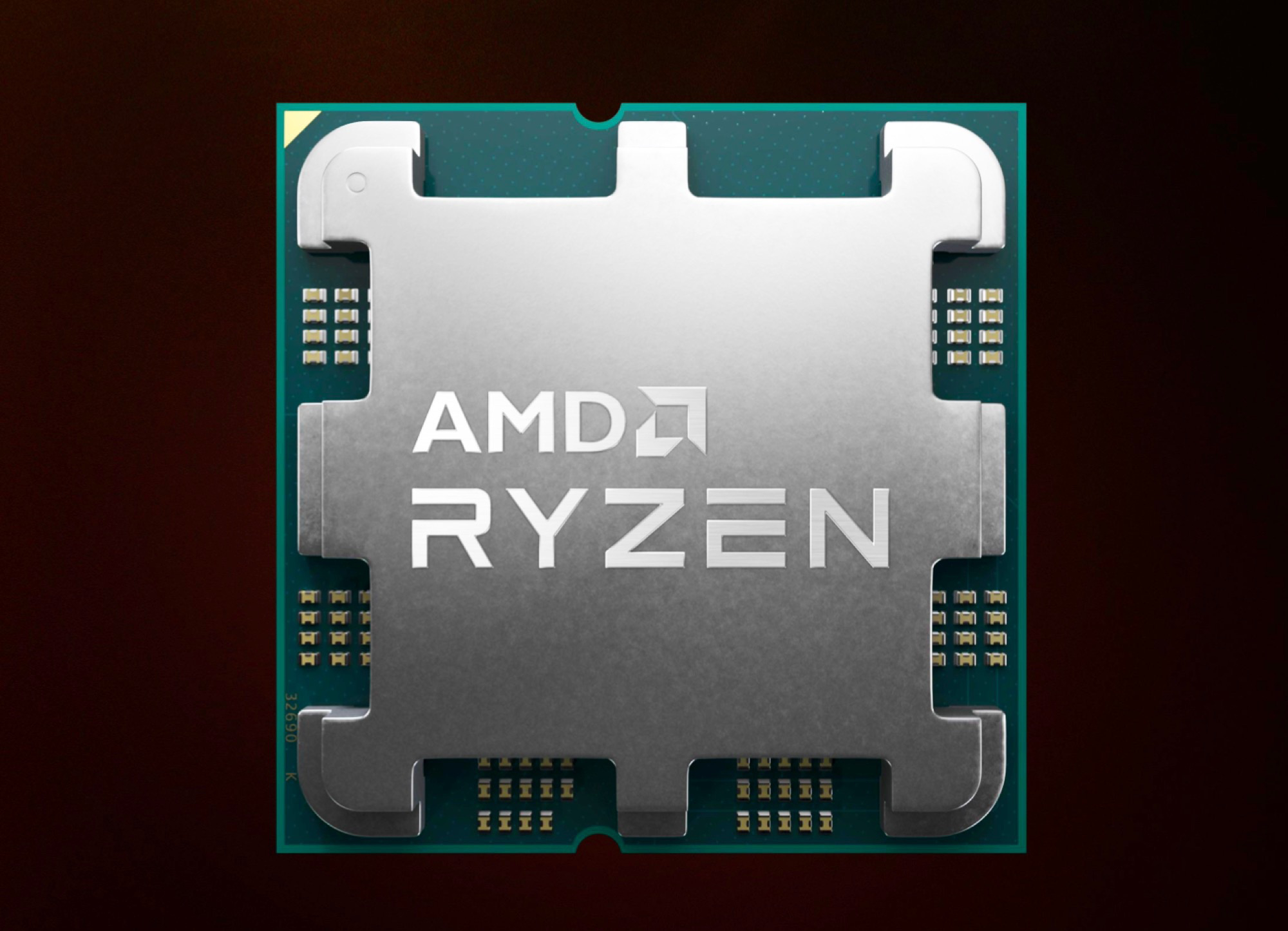Both chips Ryzen 7000 they should be based on the core Zen 4 and are designed to compete with Intel’s CPUs, also known as Intel Meteor Lake RedGamingTech has just revealed the technical specs of the new chips: it looks like the Dragon series will have a maximum of 16 cores above 5 GHz, while the Phoenix Point series will have a maximum of 8 cores and 12 RDNA 3 processing units.
The approach AMD is taking this time around with its Ryzen 7000 laptop chip family is interesting, but that’s not even a surprise, as Intel has also split its high-end range into two variants, the Alder Lake-HX SKUs and Alder Lake-H.
The HX variants are: designed to provide the best CPU performance with many cores and many core clocks, while the standard range remains high-performance, but retains the integrated graphics. The AMD Dragon Range and Phoenix Point “Ryzen 7000” CPU range do exactly the same. The AMD Ryzen 7000 Dragon Range CPUs will use the all-new Zen 4 core architecture, and it looks like the new lineup of Dragon Range APUs will target high-end gaming laptops, larger than 20mm and, according to AMD, will it takes core, thread and cache to the highest level ever for a mobile gaming CPU.
The new Dragon Range would also be compatible with DDR5 And PCIe 5 and will include SKUs above the 55W range. Speaking of SKUs, AMD is said to use the “HX” naming scheme to differentiate its Phoenix Point chips from Dragon Range parts, and there are said to be four initial SKUs, the same as the Zen 4 desktop line. These would include:
Also, the clock speeds for these chips are said to range from 3.6-4 GHz + base and 4.8-5.0 GHz +, depending on the TDP. So, it seems that the TDP will be configurable according to laptop designs from different manufacturers, additionally AMD. which deploy the same number of cores as their desktop variants confirms that they will be really aggressive against Intel’s HX parts and that there will also be 2 CUs as part of the RDNA 2 iGPU on the Dragon Range chips. The main focus of CPUs will be on discrete graphics solutions rather than integrated solutions.
Source: Lega Nerd













